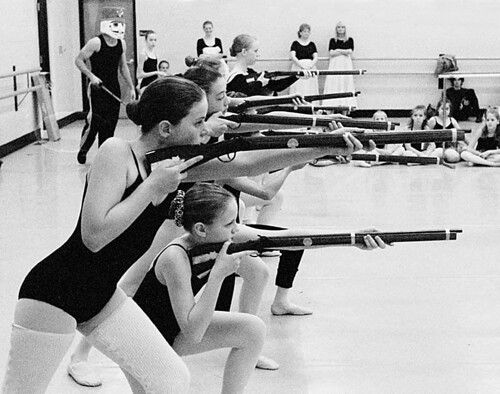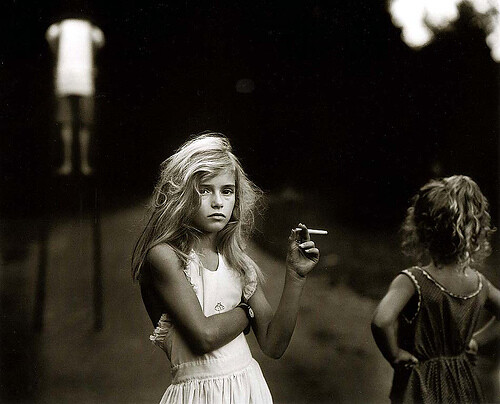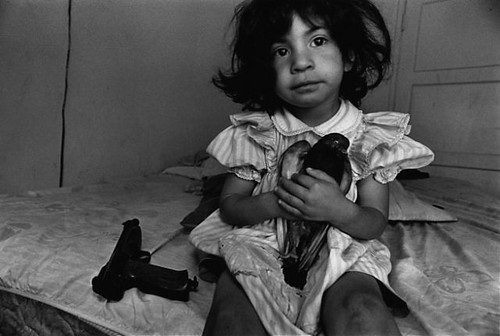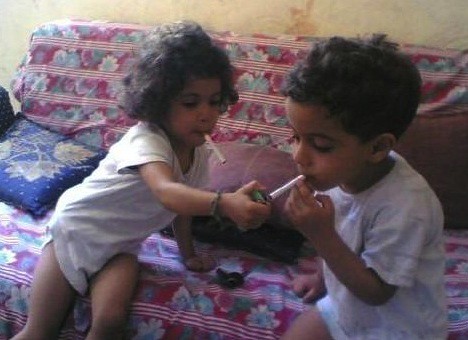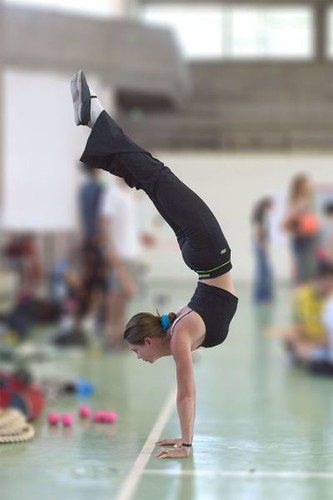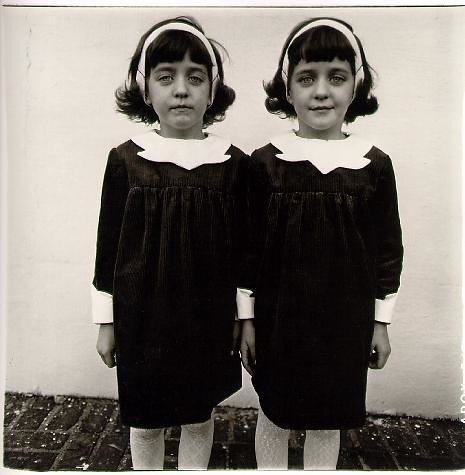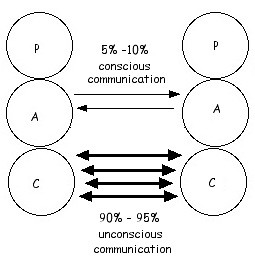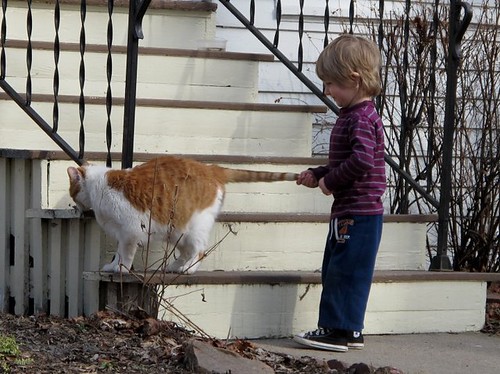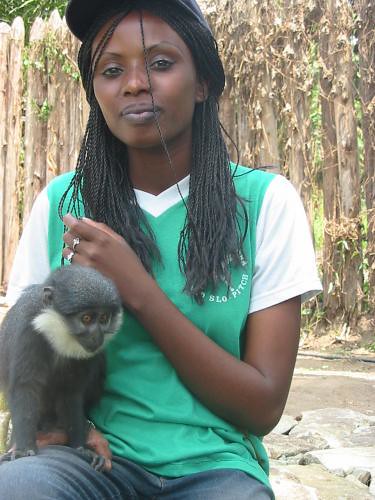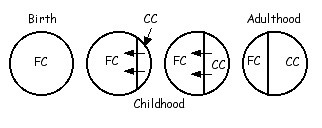This comes from a violence risk assessment tool being developed. At the time of publication (2006) there was accumulating evidence that this is a valid measure and more research is being conducted. So as far as the empiricists are concerned it is looking good but is still not 100% ok from empirical research point of view. From the average guy in the street this is quite a good risk assessment tool with some significant scientific backing. It certainly is used a good deal in the literature
Like suicide risk questionnaires it uses the mathematical approach. You add up how many things the person has, the more they have the more risk there is of them acting violently. However as you would have found if you have read my book on suicide it pays to look at the various sections in more detail in order to get a more accurate assessment of risk. However disregarding that I make other comments on this assessment tool.
Historical
Previous violence
Young age at first violent incident
Relationship instability
Employment problems
Substance use problems
Major mental illness
Psychopathy
Early maladjustment
Personality disorder
Prior supervision failure
Clinical
Lack of insight
Negative attitudes
Active symptoms of major mental illness
Impulsivity
Unresponsive to treatment
Risk management
Plans lack feasibility
Exposure to destabilizers
Lack of personal thought
Noncompliance with medication attempts
Stress
Australian Psychological Society (2006)
This originally came to my attention because I was writing about the difference between thoughts and behaviour. I have mentioned before that some clients can come to counselling expressing distress abut the thoughts they are having. I recall a woman who had a fear of sharp knives because when she saw them she had thoughts of stabbing her husband. My first statement is there is a very big difference between fantasy and behaviour. Or there may be some kind of sexual fantasy. Again I will say there is a big difference between fantasy and behaviour. What some find very erotic in fantasy would be completely non erotic in real life.
One should note in support of this the list composed above by hard core empiricists has no mention of violent thoughts or fantasies at all.
My thoughts on further aspects of the assessment tool to consider:
Substance use problems. People who are habitual users of marijuana and opiates like heroin are less likely to be violent compared to those who use stimulants like amphetamines, also alcohol with its strong disinhibiting effects and steroids.
On the section of previous violence I would also investigate any previous violence against self as well. It is plausible from a human psychology perspective that if a person is physically violent to self they have more ‘permission’ to be physically violent to others compared to the person who has no self directed physical violence.
Also I would add in previous exposure to physical violence as we know modeling can have an impact on human behaviour. The person as a child:
At the first level were they told about violence in the home or heard violence in the home.
At the second level did they see first hand violent acts in the home between others.
At the third level did they experience violent acts in the home to them self from another.
At the fourth level did they engage in violent acts towards others in the home.
The higher the level experienced the more permission they have to do physically violent acts on others as an adult.
The early decision to use violence as a solution to problems. By using such techniques as the bad day at black rock one can ascertain if the child made the early decision that violence is a viable way to solve problems. Some children make this decision and some do not. Those who do not are far less likely to use physical violence no matter how many of the criteria they meet in the above lists.
Graffiti
